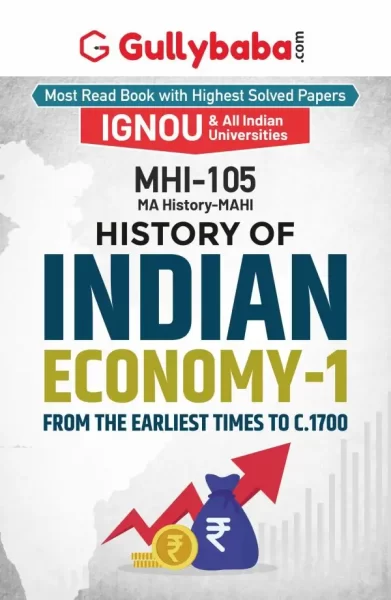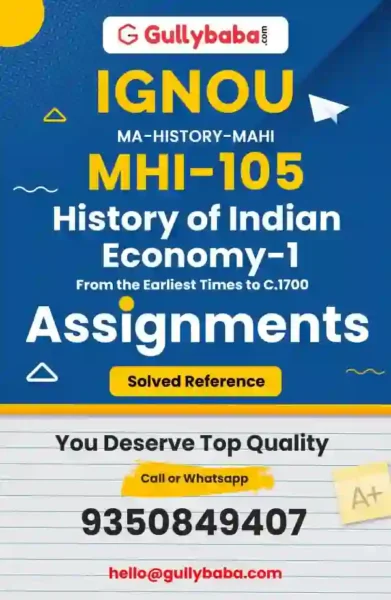-
Sale!
MHI-105
History of Indian Economy-1: From the Earliest Times to c. 1700
₹250.00 – ₹275.00Bought by : 2791 StudentsIn Stock Only 0 left ! -
Sale!
MHI-105
History of Indian Economy-1: From the Earliest Times to c. 1700
Bought by : 2054 StudentsIn Stock Only 0 left ! -
Sale!
MHI-101 + MHI-104 + MHI-105
IGNOU MAHI (New) History Combo
Bought by : 3225 StudentsIn Stock Only 0 left ! -
Sale!
MHI-101 + MHI-104 + MHI-105
IGNOU MAHI (New) History Combo
Bought by : 2506 StudentsIn Stock Only 0 left !






